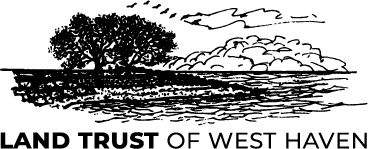What Can You See Living on the Shoreline?
Among the beaches and dunes of the shoreline, you can find an incredible variety of living things. Birds are often the largest and easiest to identify. Looking closer — perhaps even buried in the wet sand — you’ll discover invertebrates (animals that don’t have backbones) such as worms, clams, snails, crabs, crickets, and flies. Seaweeds, which are types of algae, also thrive along the shore, providing food and shelter for marine life while playing an essential role in nutrient cycling. Plants are another key part of the shoreline ecosystem you will encounter. Visit the Native Plant page to learn about the species at Eco Park!
Look and Listen!
Below is a list of common birds, invertebrates, and seaweeds that you might encounter at Eco Park. To get the most out of your beach-combing adventure, consider preparing by reviewing this list, downloading one or more of the suggested apps, or checking out a guidebook from your local library. Binoculars, a small magnifying glass, a camera, and a shovel and pail for digging in the sand can also be helpful.
Observation is key: staying quiet and still can reveal fascinating clues about the behavior and relationships among these species. Remember to return anything you find to its original place and never dig up plants (unless they are invasive species!). In Connecticut, it is typically illegal to take wildlife without a collection permit or appropriate license.
By exploring, observing, and naming the wide variety of species at Eco Park, you can gain a deeper appreciation of the shoreline community and begin to understand its interconnectedness.
Here Are A Few of the Animal Species You May Find at Eco Park:
Birds
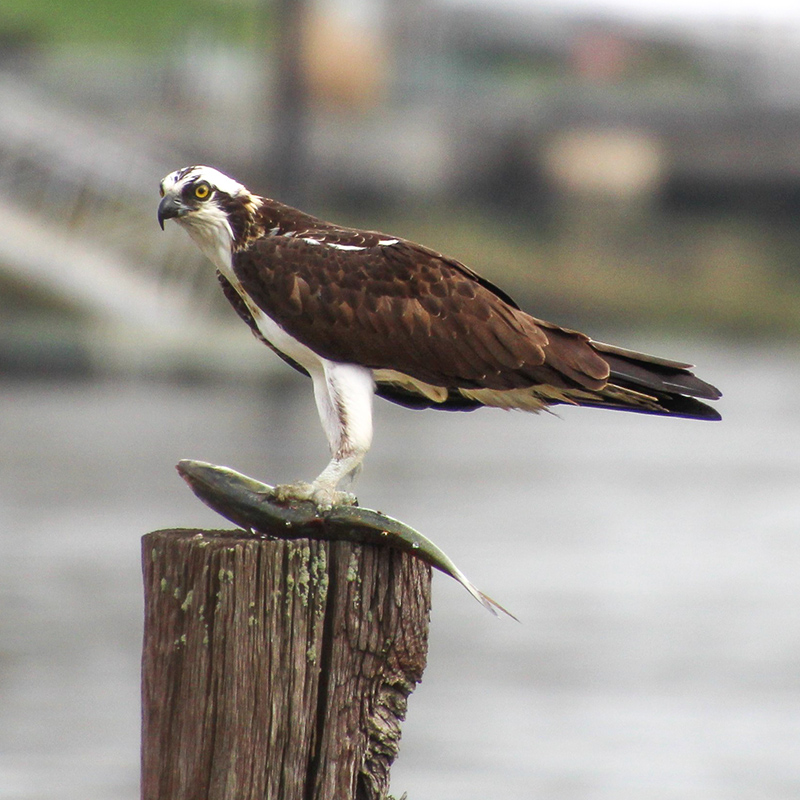
Osprey
Pandion haliaetus
These raptors hunt fish and often carry their prey with the fish facing forward to reduce wind resistance during flight.

American Oystercatcher
Haematopus palliatus
Easily identified by their black heads and bright red bills, they wade along rocky shorelines.

Great Black-Backed Gull
Larus marinus
The largest gull in the area, recognizable by its black back and primarily seen in winter.
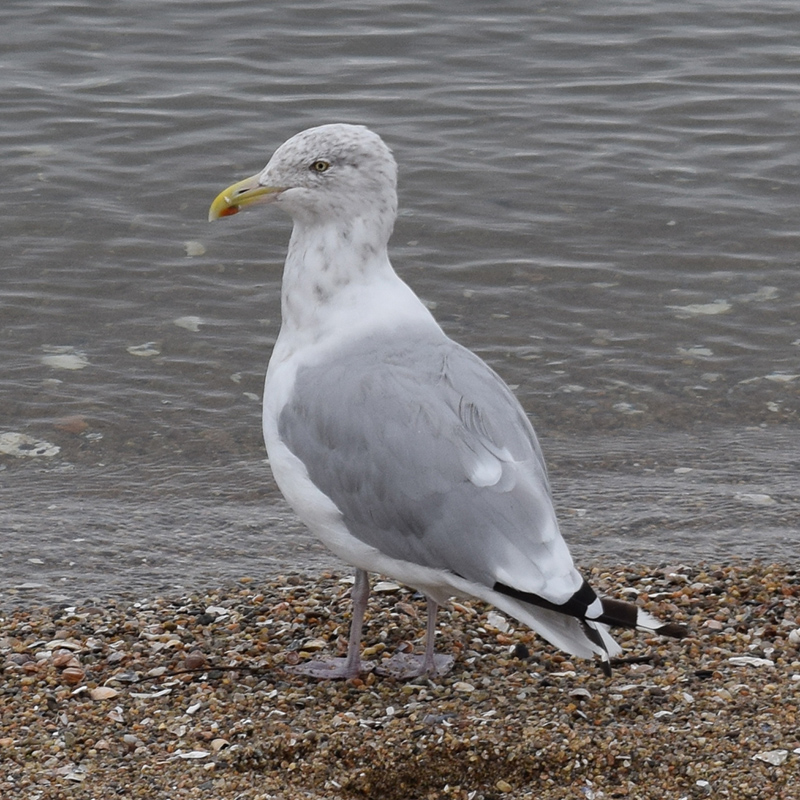
Herring Gull
Larus argentatus
The most common gull, known for black wing tips and a red dot on their lower bill (or is that a French fry dipped in ketchup?).
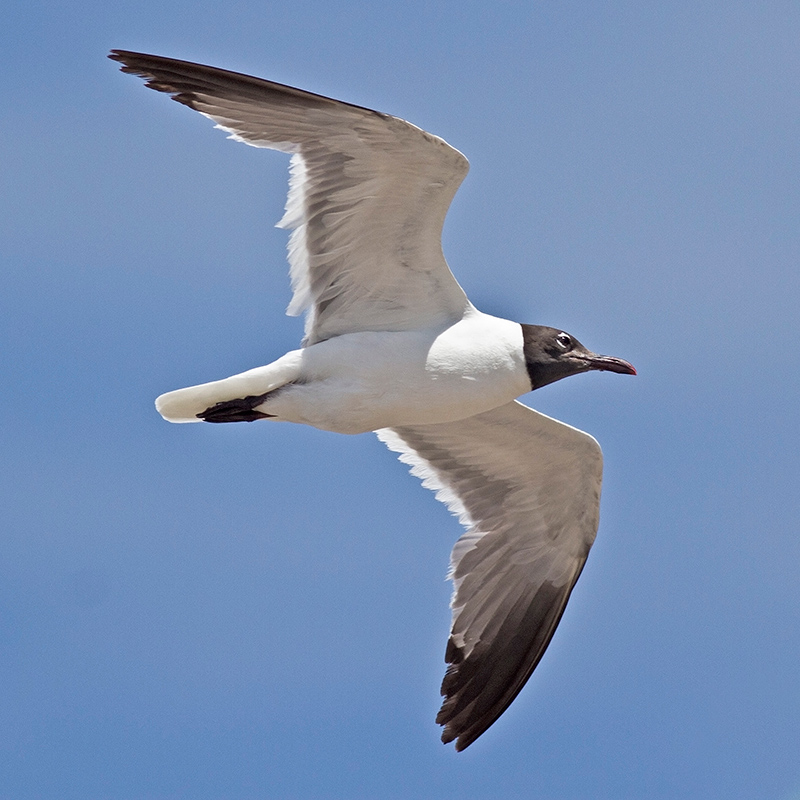
Laughing Gull
Leucophaeus atricilla
Named for their laugh-like call, their heads are black in the breeding season but fade to a trace after the spring.
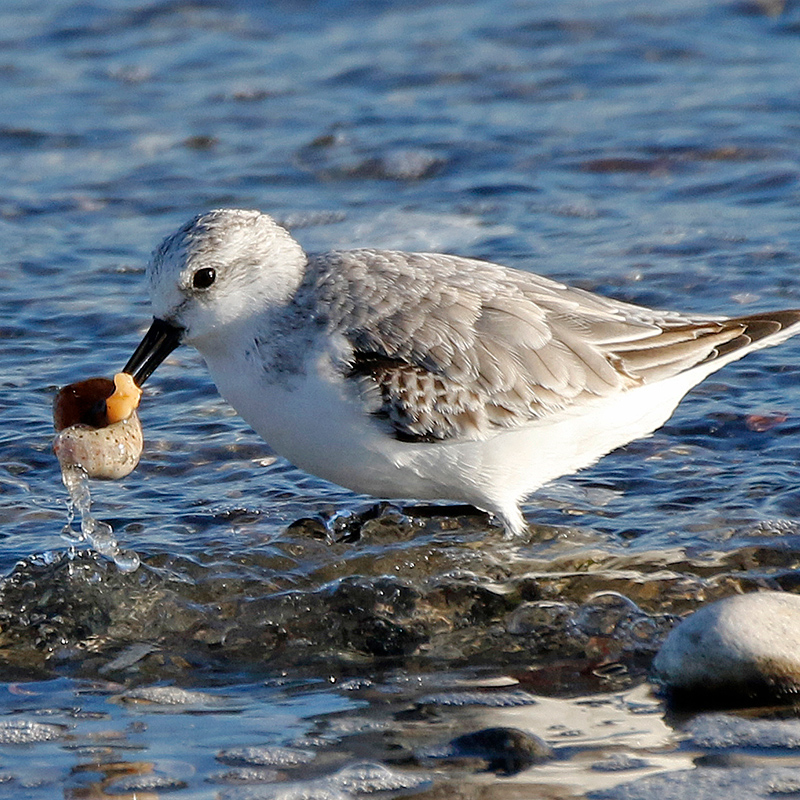
Sanderling
Calidris alba
These energetic birds dart along the surf line and have a broad white stripe on their wings when in flight.
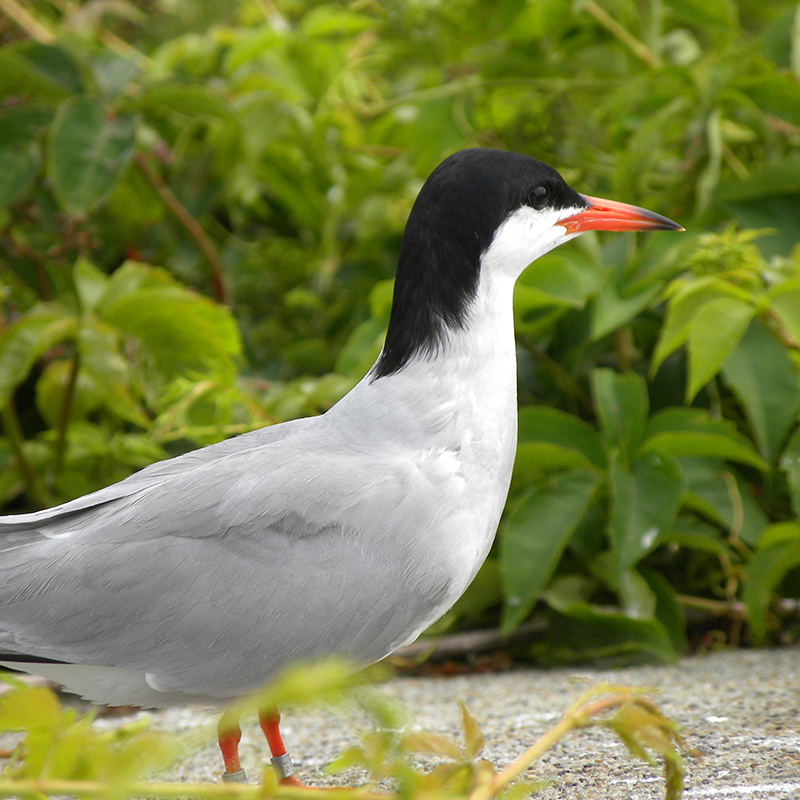
Common Tern
Sterna hirundo
Identified by their black cap, forked tail, and orange bill with a black tip. Their harsh, screeching call also distinguishes them from other terns.
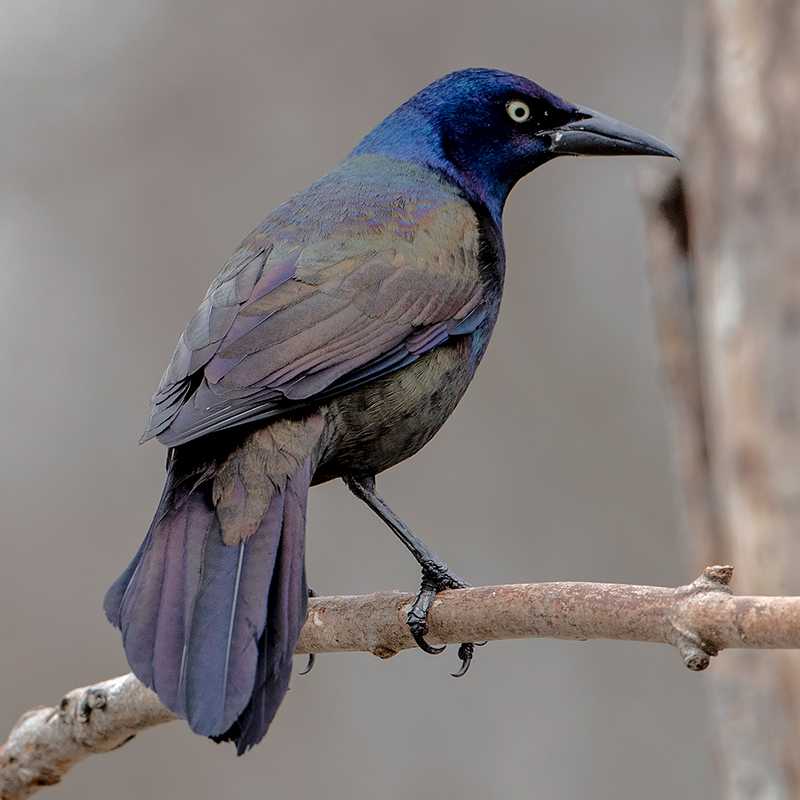
Common Grackle
Quiscalus quiscula
Iridescent blackbirds with light eyes and long tails, their feathers shimmer with rainbow hues in the sunlight.
Invertebrates
Mollusks
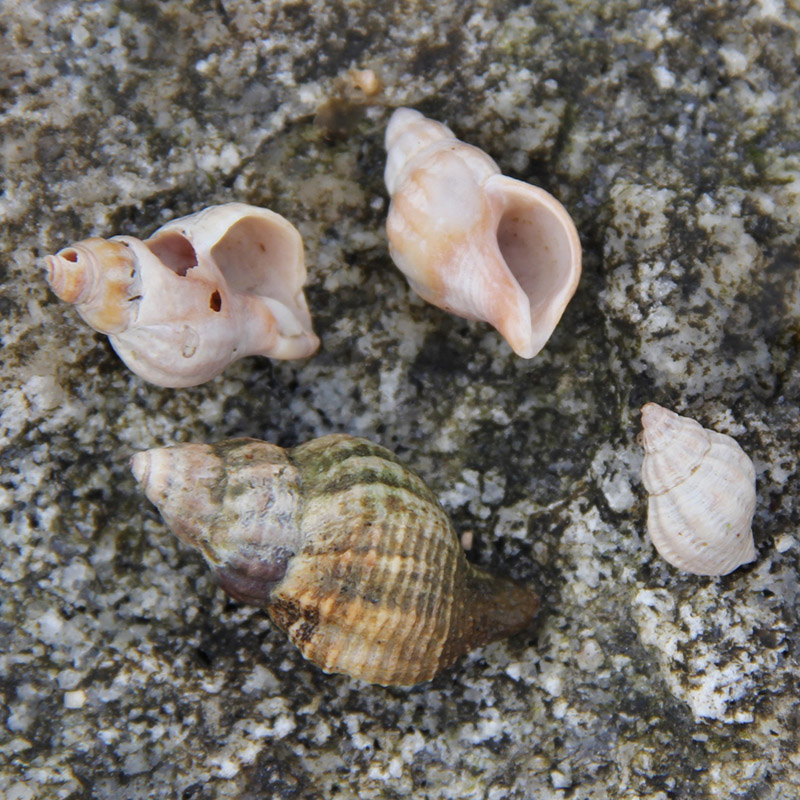
Atlantic Oyster Drill
Urosalpinx cinerea
A small snail that preys on oysters, often found in tidal zones.
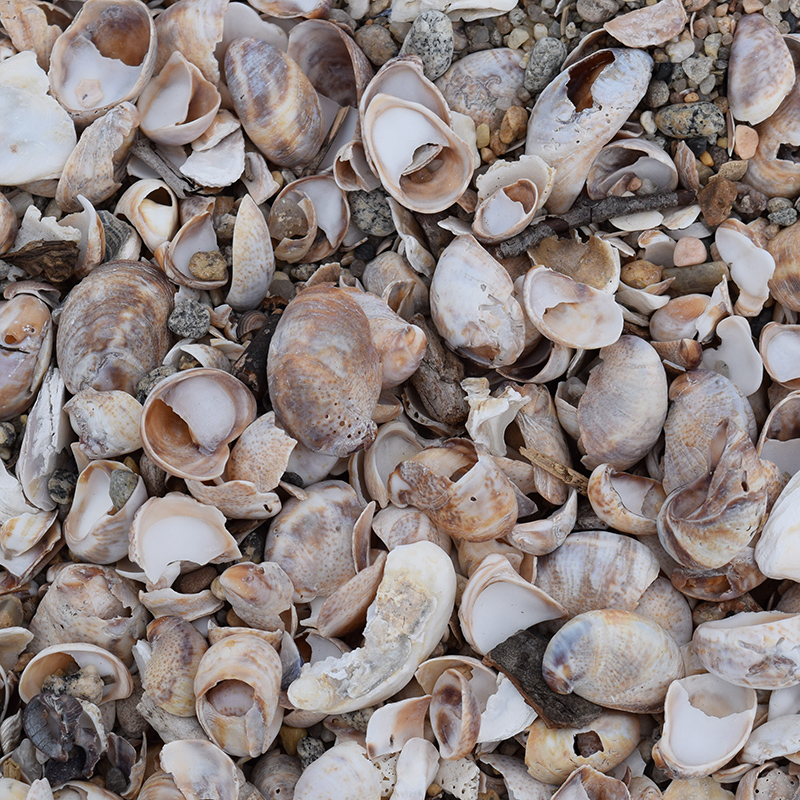
Common Atlantic Slipper Snail
Crepidula fornicata
Often stacked on top of each other, these snails are common on shells and rocks.

Common Jingle Shell
Anomia simplex
A bivalve mollusk like oysters and clams, the bottom shell attaches to a rock, boat, or other shells. Find the upper shell washed up on the beach.
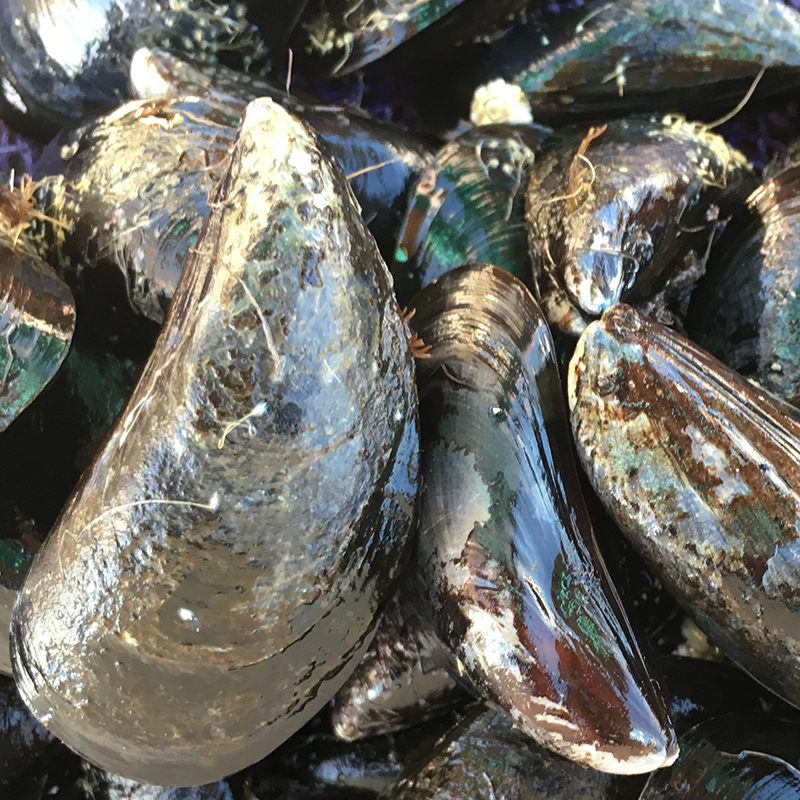
Blue Mussel
Mytilus edulis
Recognizable by their dark blue shells, they attach to rocks and structures in clusters.
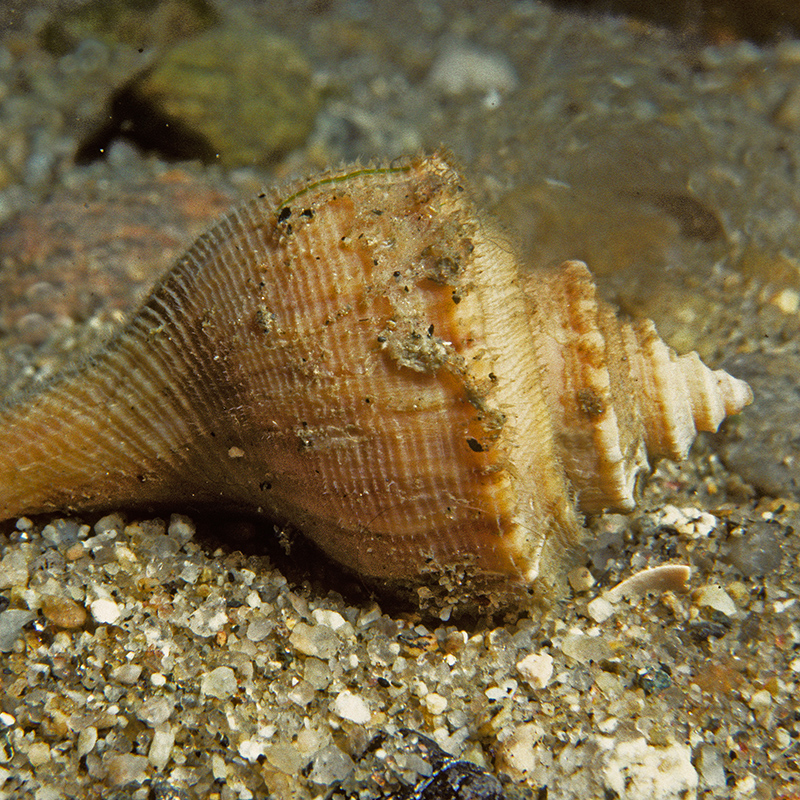
Channeled Whelk
Busycotypus canaliculatus
Large marine snails with spiral shells, often seen on sandy bottoms.
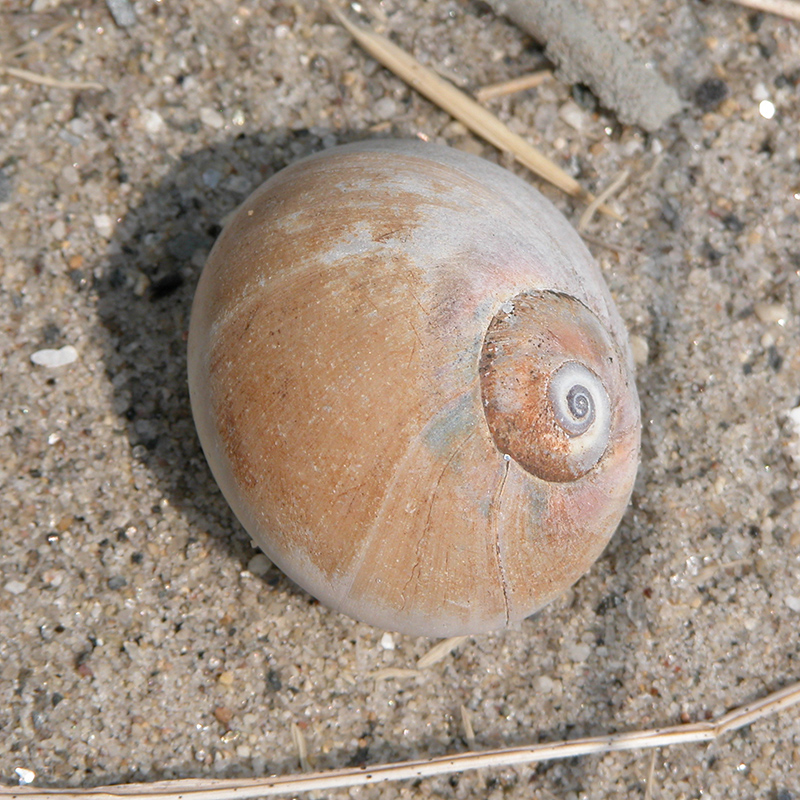
Northern Moon Snail
Euspira heros
Known for their large, rounded shells and predation on clams.
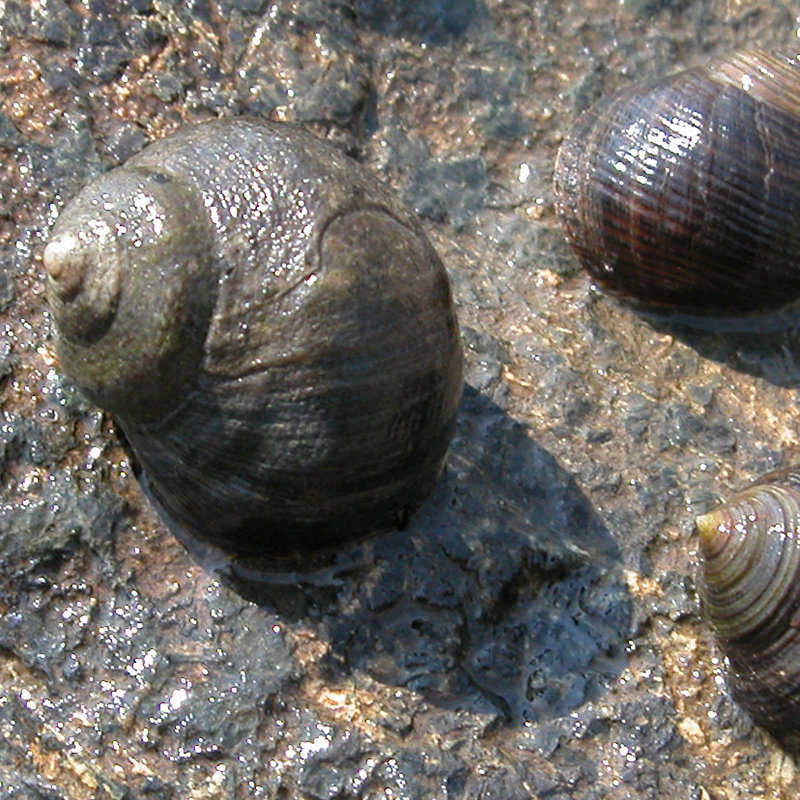
Common Periwinkle
Littorina littorea
Small snails often found on rocky shorelines.

Atlantic Surf Clam
Spisula solidissima
Large bivalves buried in the sand, prized for their role in seafood dishes.

Eastern Oyster
Crassostrea virginica
Filter feeders that form reefs, supporting marine ecosystems.
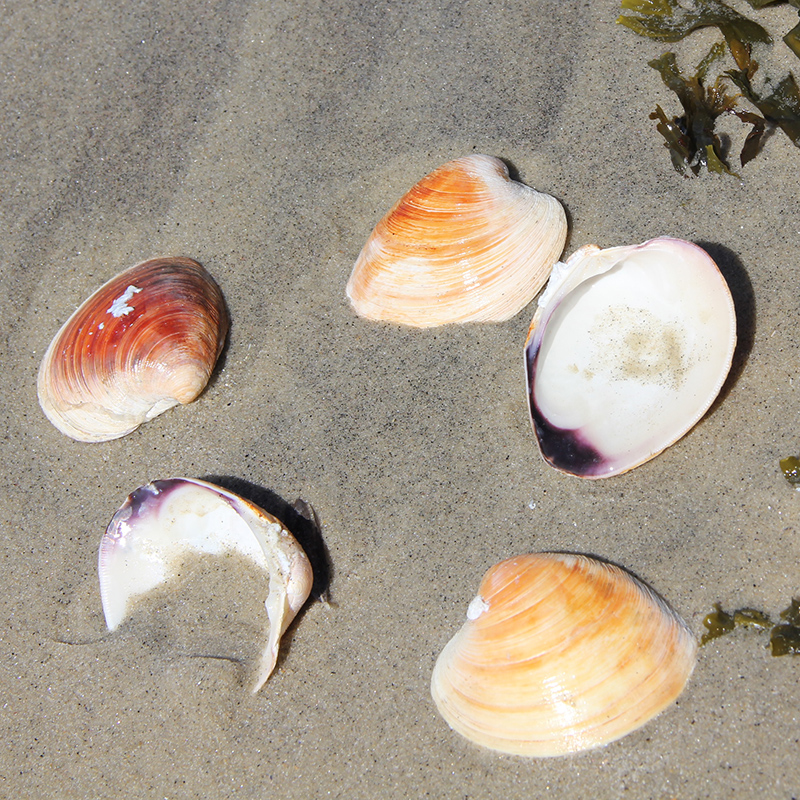
Northern Quahog
Mercenaria mercenaria
Hard-shelled clams used in chowders and stews.
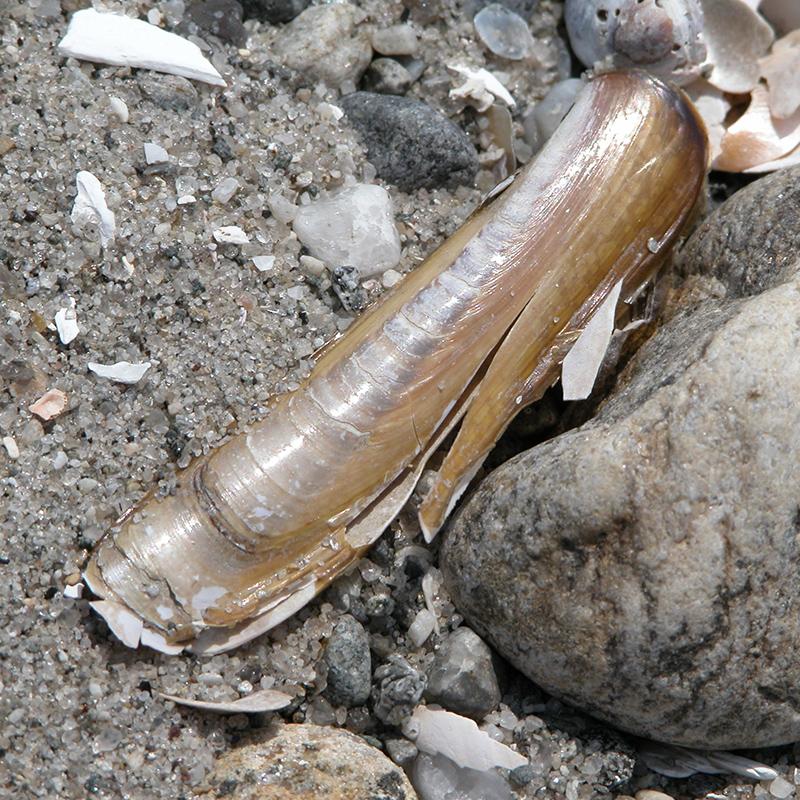
Razor Clam
Ensis leei
Long, slender clams found buried vertically in the sand.
Horseshoe Crabs

Atlantic Horseshoe Crab
Limulus polyphemus
Despite “crab” being in their name, these ancient arthropods are in a completely different family. They have a tank-like carapace covering most of their body and are often seen during their spawning season along the shoreline.
Crustaceans
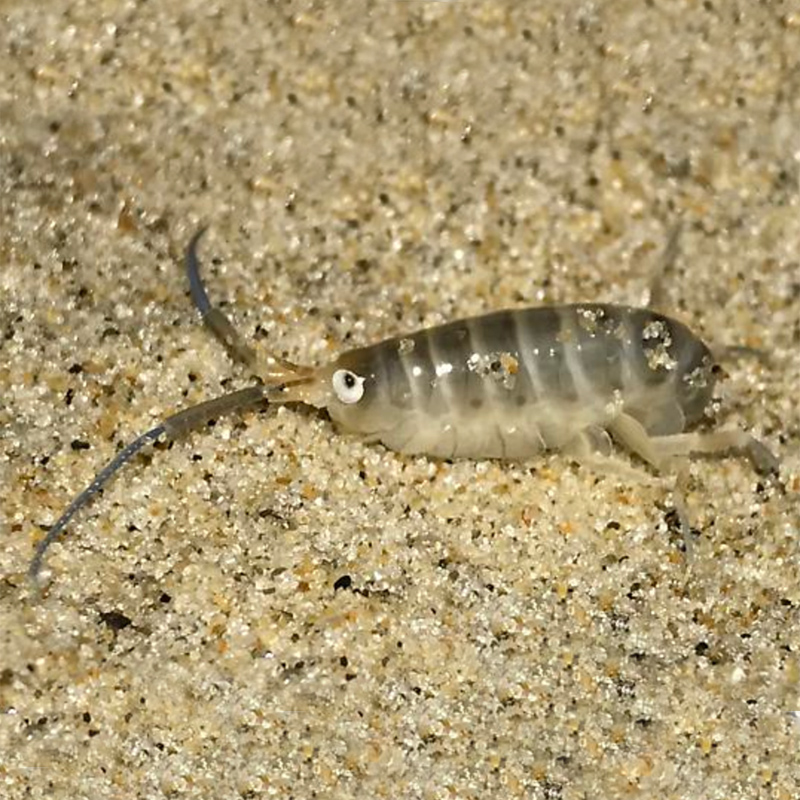
Long-Horned Sandhopper
Americorchestia longicornis
Small crustaceans that hop along the sand, often near wrack lines.
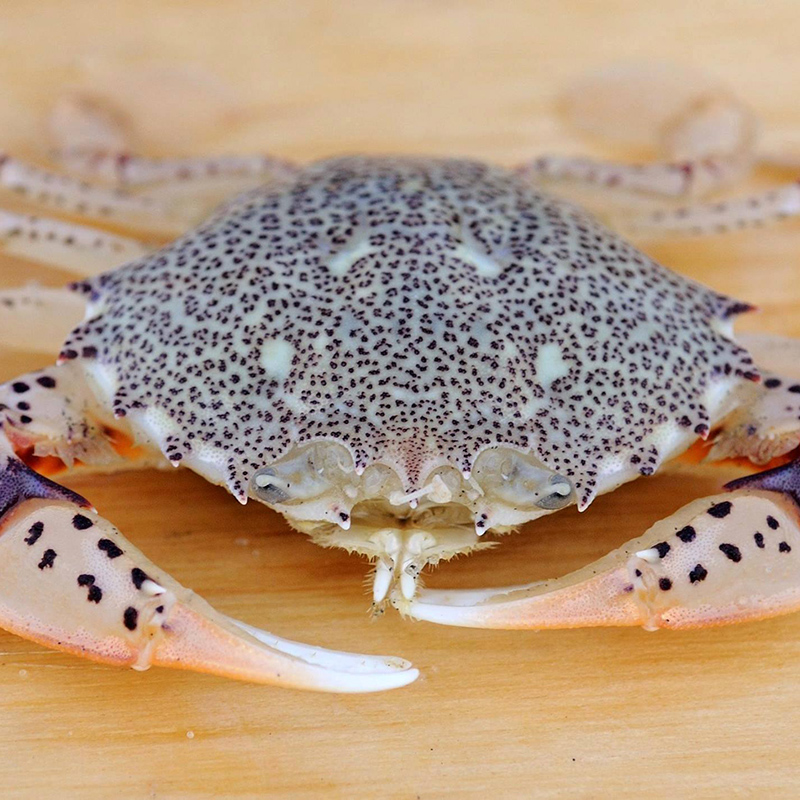
Lady Crab
Ovalipes ocellatus
A quick-moving crab with a purple-speckled shell and sharp claws.
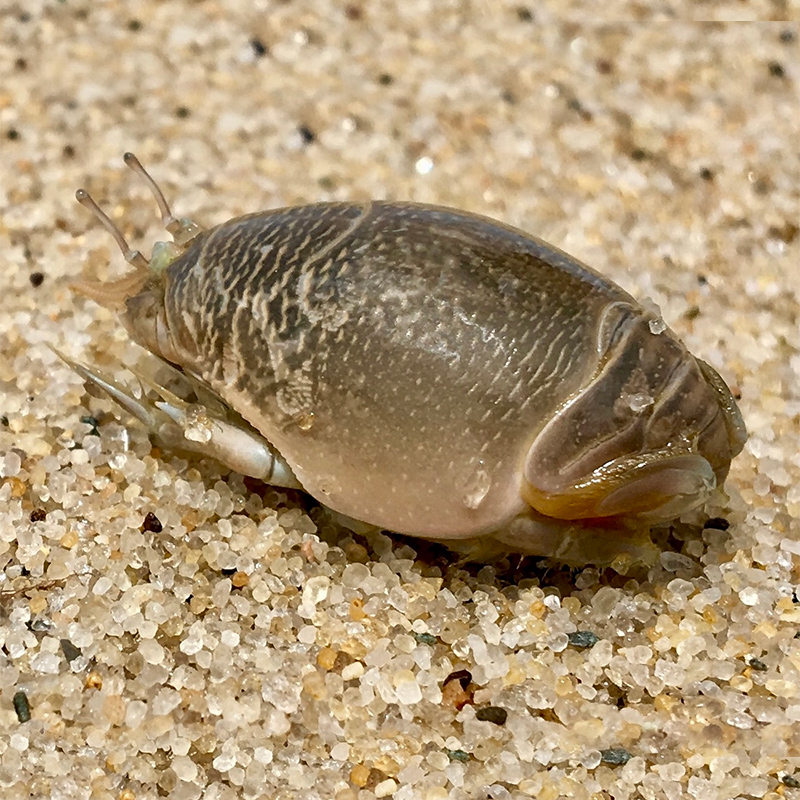
Atlantic Mole Crab
Emerita talipoida
Also known as sand crabs, beach fleas, or sand bugs, these decapods are about the size and shape of a large grape. They are often found burying themselves in the sand in the surf zone.
Insects
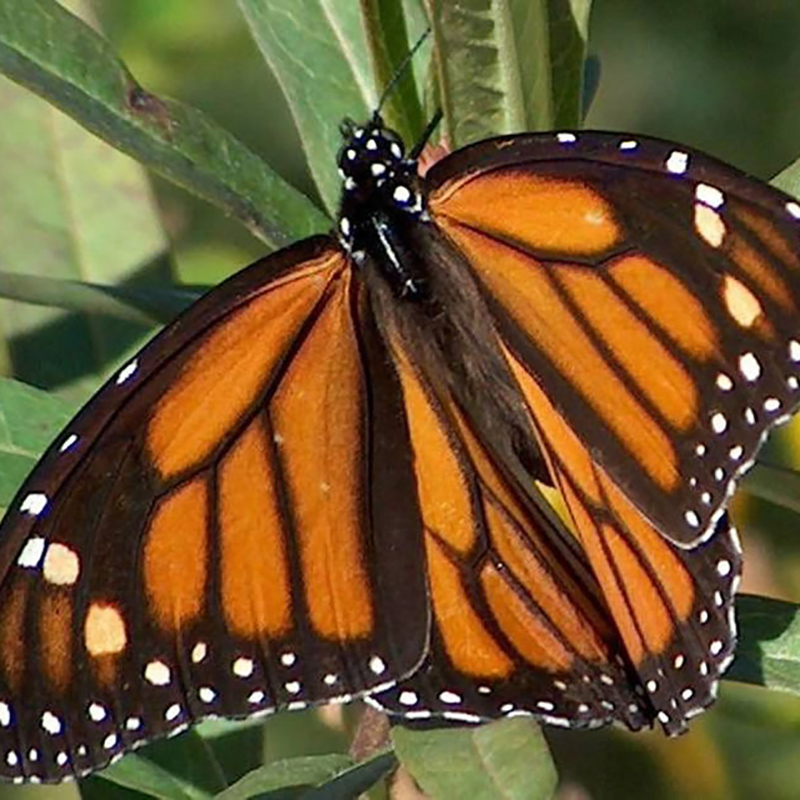
Monarch Butterfly
Danaus plexippus
Iconic orange and black butterflies reliant on milkweed plants.
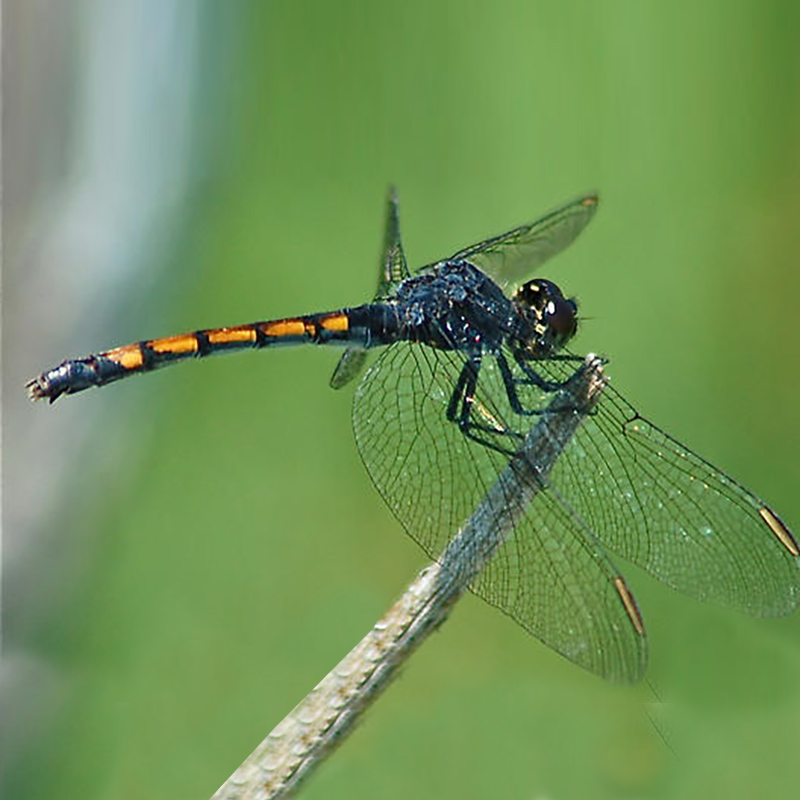
Seaside Dragonlet
Erythrodiplax berenice
A dragonfly found in salt marshes, recognizable by its dark body and yellow accents.

Seaside Grasshopper
Trimerotropis maritima
Found in coastal dunes, this grasshopper blends into sandy environments.
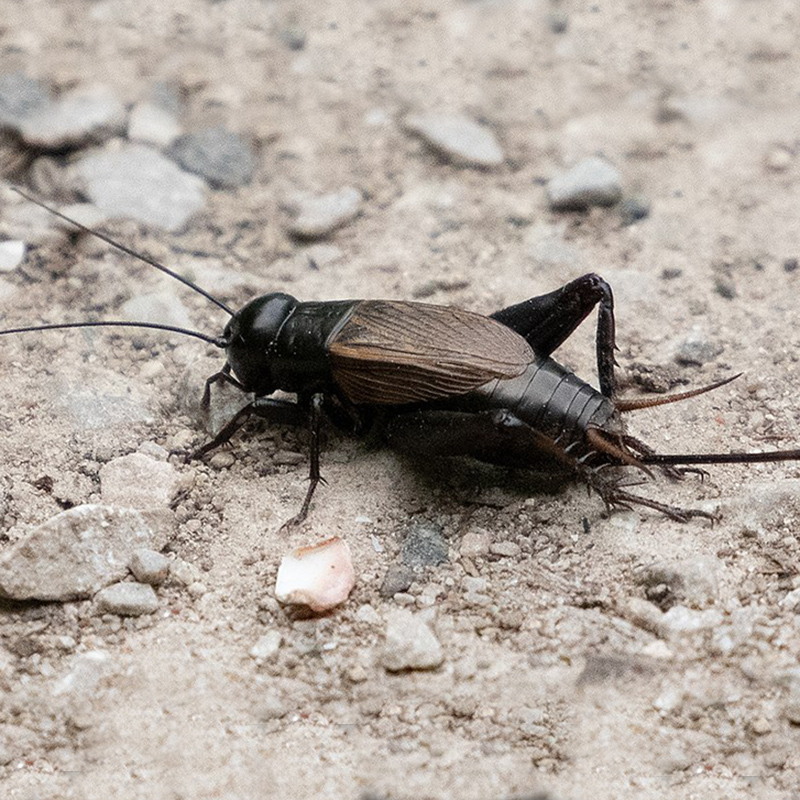
Spring / Fall Field Cricket
Gryllus veletis / G. pennsylvanicus
Known for their chirping calls, these insects are commonly found in grassy areas.
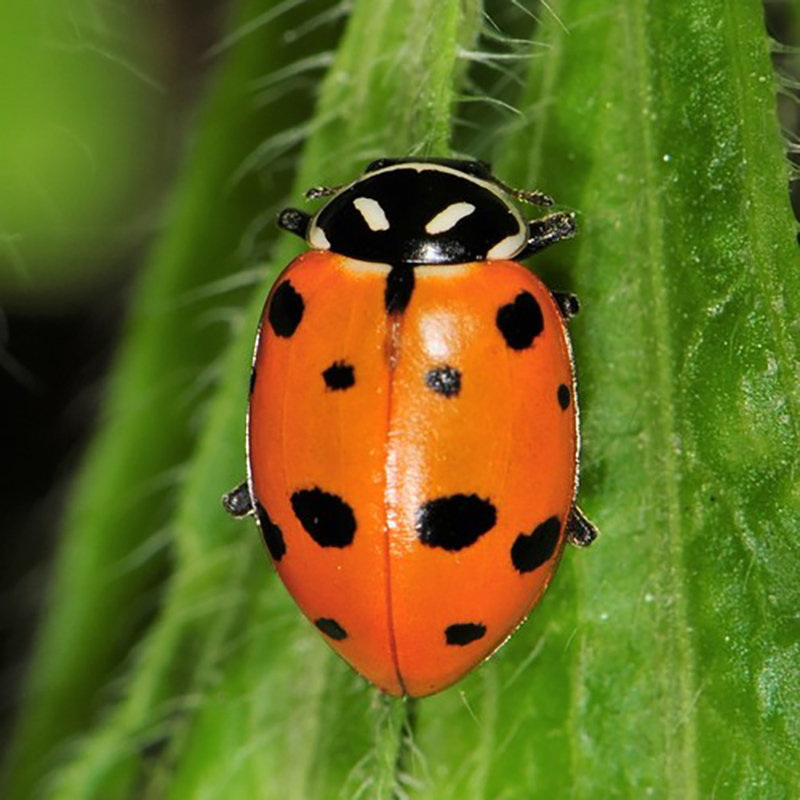
Convergent Lady Beetle
Hippodamia convergens
Vibrantly colored beetles with up to 13 black spots that act as natural pest controllers, feeding on aphids and other small insects.
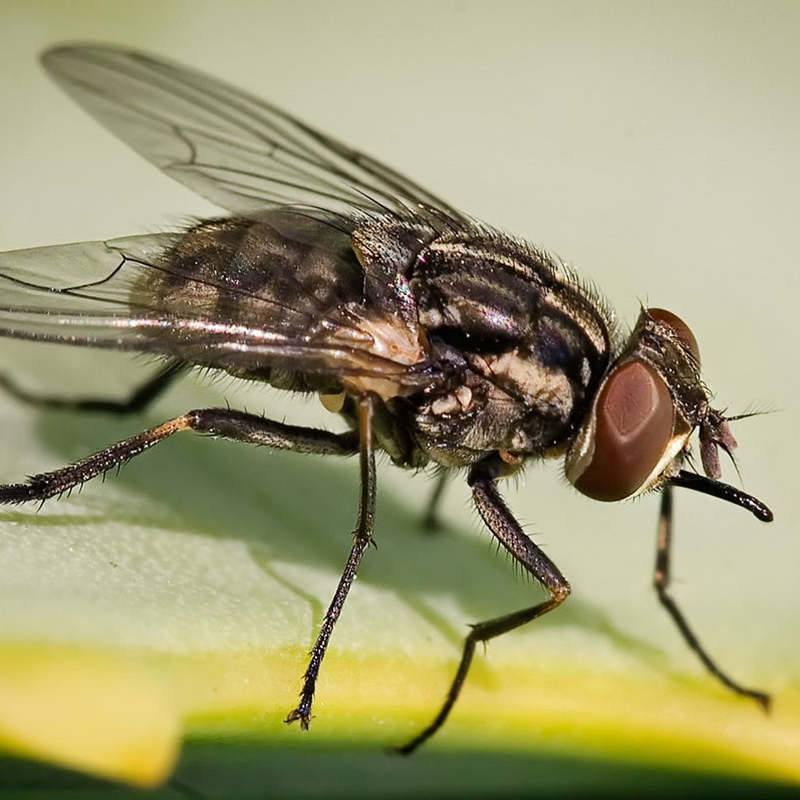
Stable Fly
Stomoxys calcitrans
Small biting flies often found near decaying organic material or along the shoreline.
Seaweeds
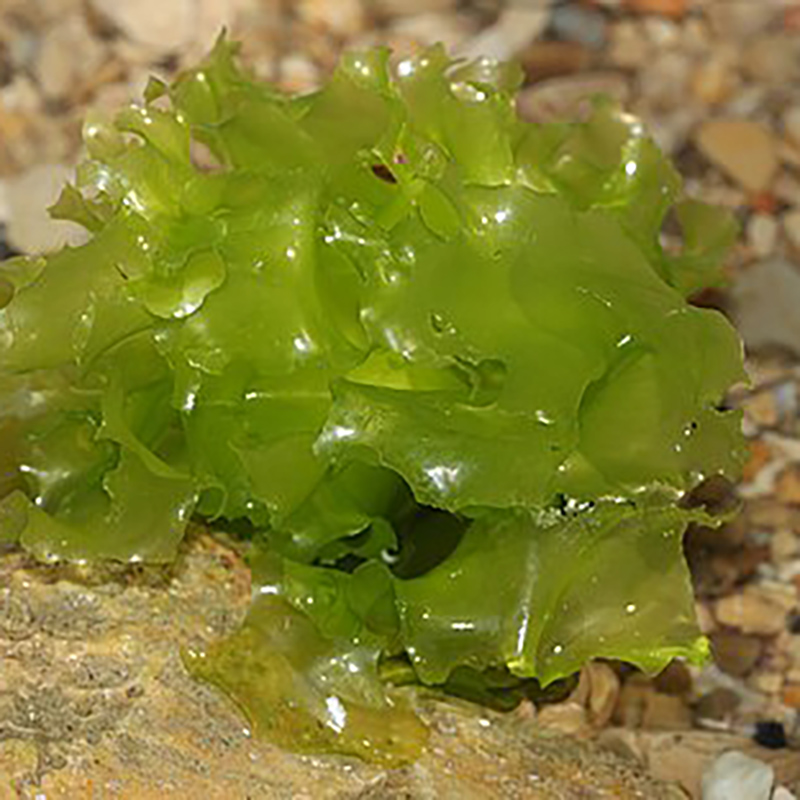
Sea Lettuce
Ulva lactuca
A bright green, leafy algae that can be eaten in salads. When found in excess, it may indicate high nitrogen levels in the water.

Dead-Man’s Fingers/Oyster Thief
Codium fragile
An invasive species that often attaches to rocks and shellfish and can even lift oysters off the seafloor.

Rockweed
Fucus spp.
Recognizable by its strap-like branches with air bladders that help it float and are fun for kids to pop.
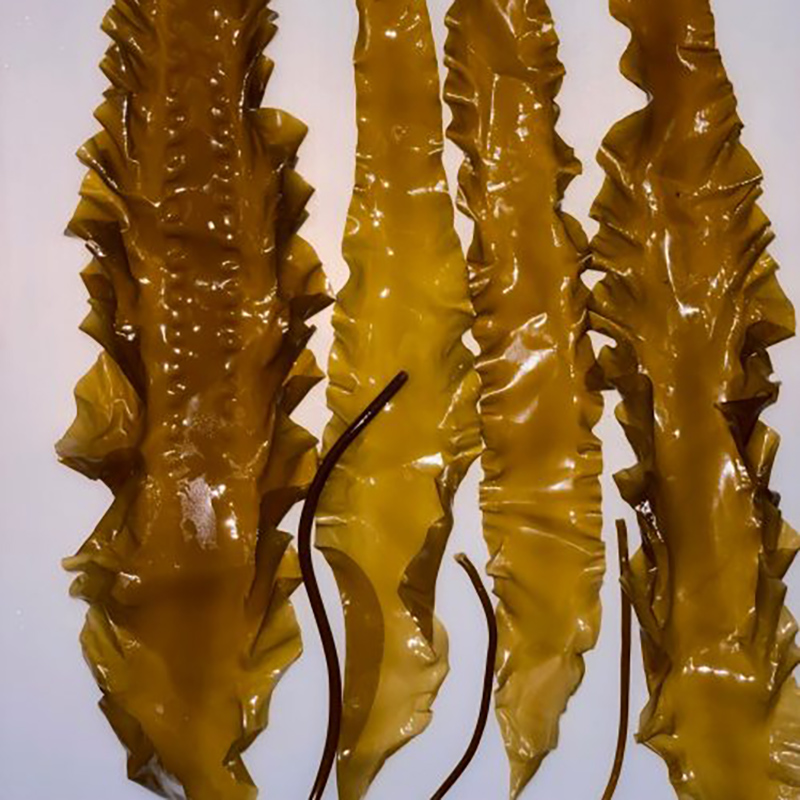
Sugar Kelp
Saccharina latissima
The largest algae in Long Island Sound, it is farmed for food, fertilizer, and commercial extracts.
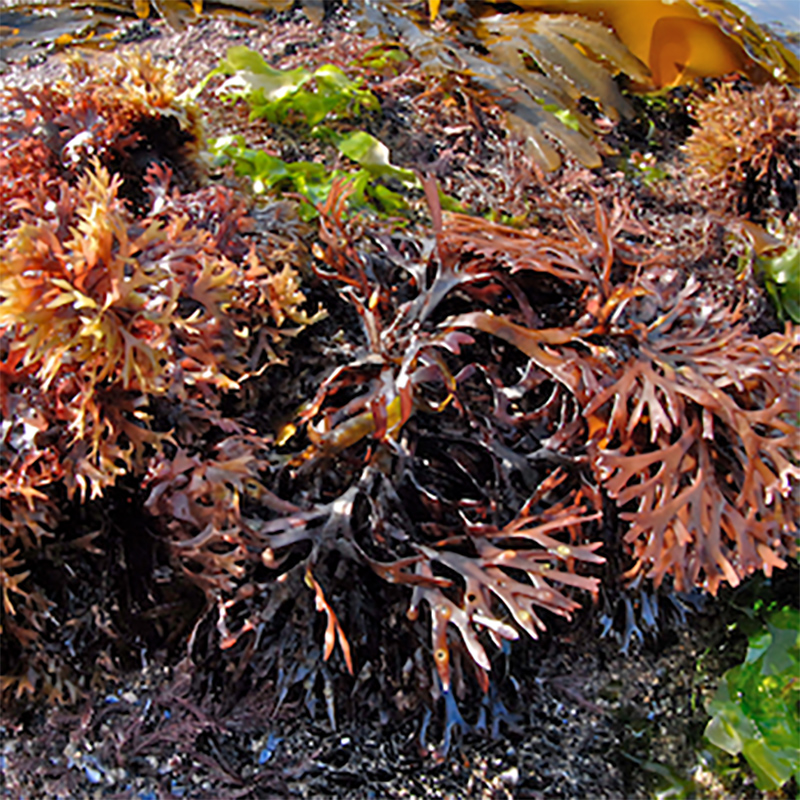
Irish Moss
Chondrus crispus
A densely branched red to purple algae that provides habitat for tautog fish and is traditionally used to make a type of pudding when dried.
Resources
Apps
Today, numerous apps can help you identify living things using your phone’s camera or microphone. Some even help you record and share your sightings with the community and scientists!
Seek – Ideal for identifying plants, animals, and fungi.
iNaturalist – An app and online community for naturalists that allows you to record sightings, identify species, and contribute to scientific research.
Merlin – Can you hear a bird but can’t see it? This app from the Cornell Lab of Ornithology can identify bird songs and calls. It also has a robust visual identification tool.
eBird – See what bird species others are finding in your area, find hotspots to visit, record your lists, and contribute to citizen science.
Field Guides
Nature of New England (Kaufman Field Guides) – A comprehensive guide to New England wildlife.
Peterson Field Guide To Birds Of Eastern & Central North America, Seventh Ed. (HarperCollins) – A classic bird identification guide.
Seashore Life (Golden Guide) – A compact (and some might say vintage) guide to marine and coastal species.
Connecticut’s Sandy Shores: An Introduction to the Geology, Ecology, Plants, and Animals (Connecticut Sea Grant) – This field guide published in 2023 combines information about coastal geology and ecology to help readers appreciate the unique context of Connecticut’s beaches.
Living Treasures and Tesoros Vivientes: Plants and Animals of Long Island Sound | Connecticut Sea Grant – A booklet that showcases the diversity of plants and animals of the Long Island Sound.
A Field Guide to Long Island Sound – An illustrated guidebook to the rich natural history of Long Island Sound, including coastal habitats, plant life, fish, seabirds, marine mammals, and other wildlife.
Seaweeds of Long Island Sound | Connecticut College Arboretum – An illustrated guide to identifying seaweeds that can be found in Long Island Sound, including guidance on making a collection.
Websites
Aquaculture Home Page – Connecticut’s Bureau of Aquaculture houses extensive information and guidance for local shellfish activities.
Project Limulus | Sacred Heart University – A participatory scientific research program informing and educating the Long Island Sound community about horseshoe crabs.
Bug Week (UConn) – Programs, activities, and resources for kids and families to foster appreciation for the crucial role of insects in our lives.
Connecticut Entomology Society – Organization with regular meetings, collection trips, resources, and a network of experts.
